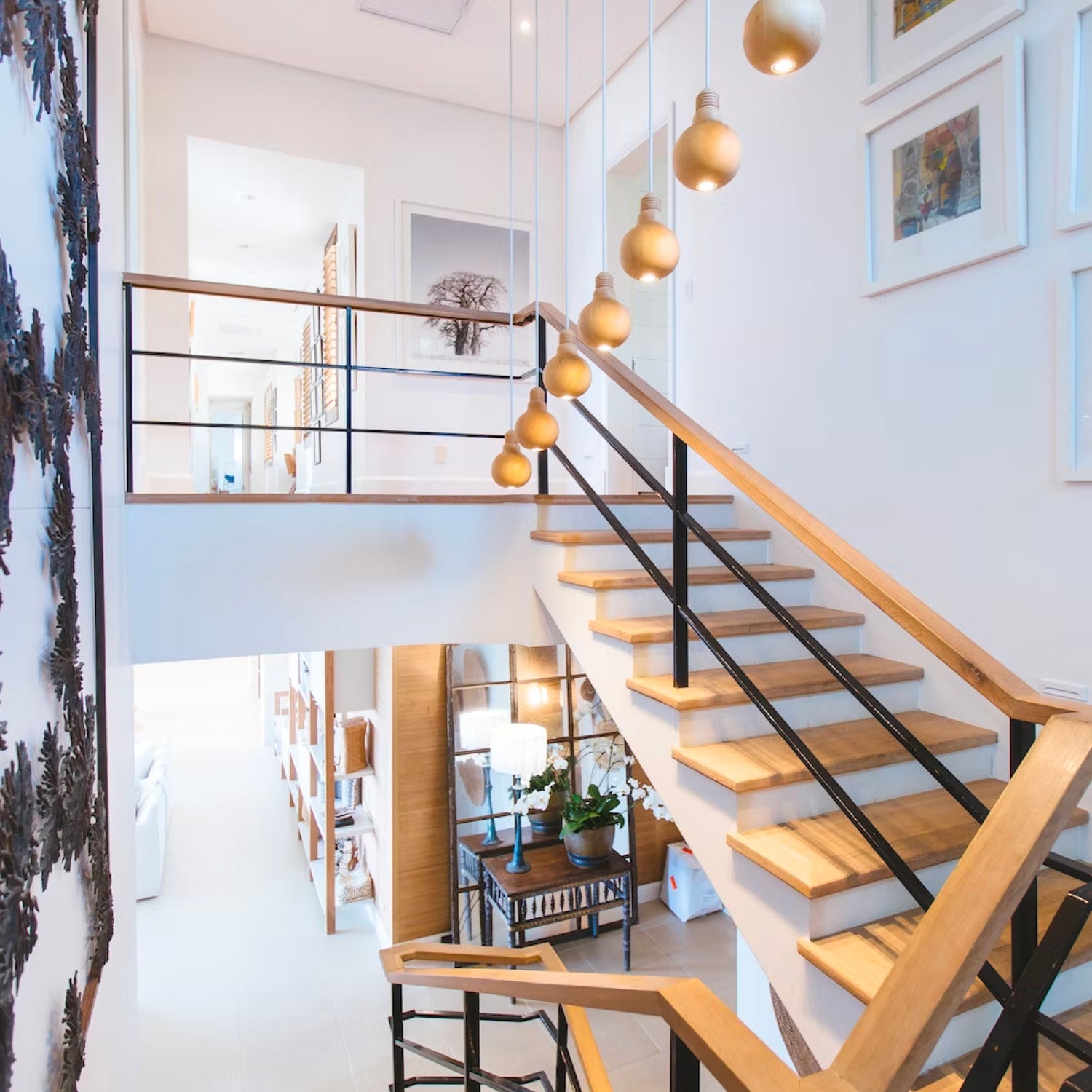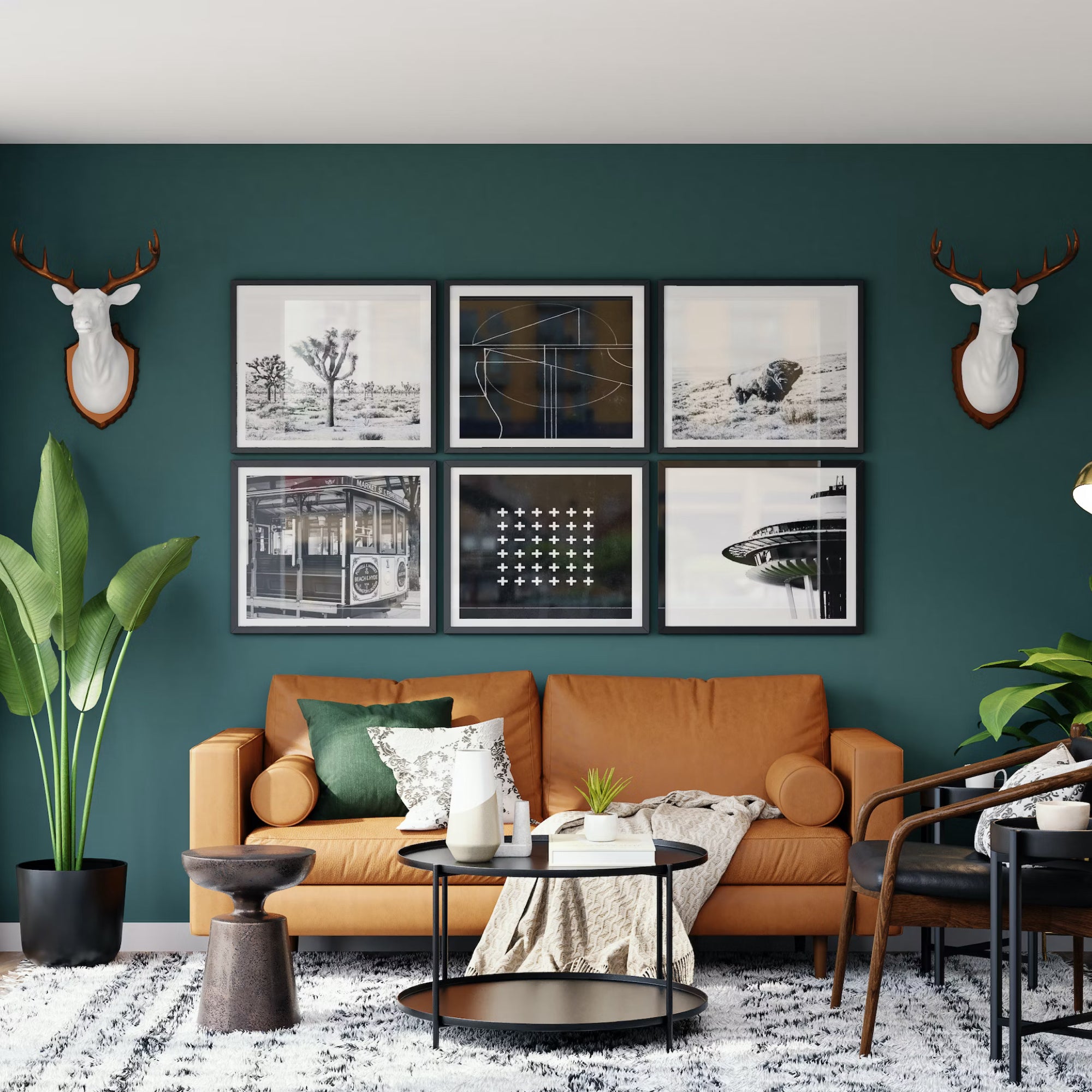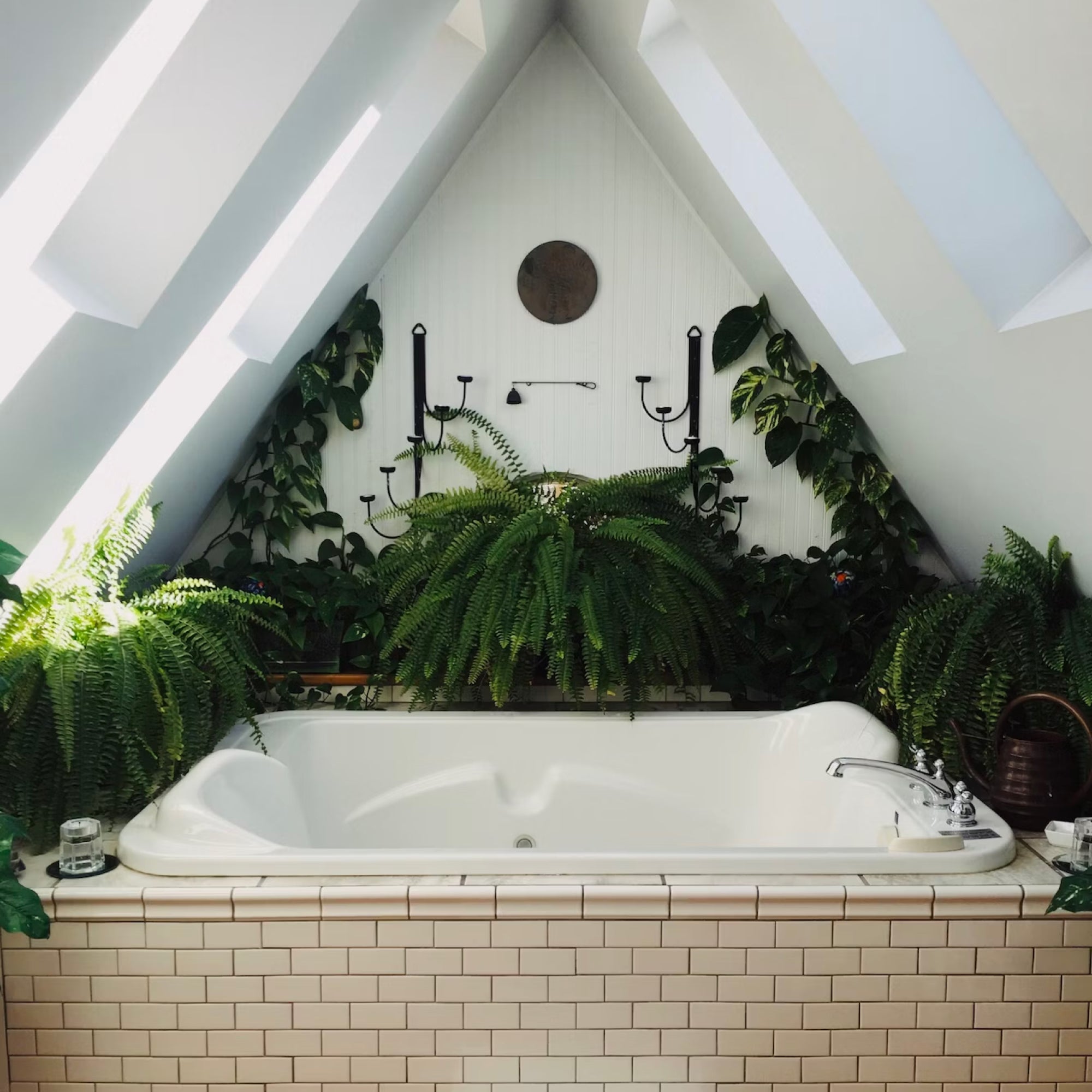Introduction:
In recent years, the art world has witnessed a remarkable shift with the rise of digital art. Advancements in technology and the increasing accessibility of digital tools have allowed artists to explore new frontiers, pushing the boundaries of creativity. This digital revolution has not only transformed the art landscape but has also opened up exciting possibilities for interior design. In this blog, we will delve into the increasing popularity of digital art and explore how designers can incorporate it into various types of spaces, adding a touch of modernity and innovation.
- The Evolution of Digital Art:
Digital art refers to any form of artistic expression created using digital technology. It encompasses a wide range of mediums, including digital painting, computer-generated imagery (CGI), virtual reality (VR) installations, and interactive digital installations. The evolution of digital art can be attributed to the advent of powerful software, high-resolution screens, and the proliferation of social media platforms, which have facilitated the sharing and dissemination of digital artwork.
- The Popularity of Digital Art:
Digital art has gained immense popularity for several reasons. Firstly, it offers artists a new medium for self-expression and experimentation. The digital realm allows for infinite possibilities, enabling artists to create immersive and interactive experiences that traditional art forms cannot replicate. Additionally, digital art resonates with younger generations who have grown up in the digital age, embracing technology as an integral part of their lives.
Moreover, the accessibility of digital art has played a crucial role in its popularity. Unlike traditional art, which may require physical exhibition spaces or expensive materials, digital art can be created and shared using a computer or mobile device. This ease of creation and distribution has allowed digital artists to reach wider audiences and gain recognition within the art community.
- Incorporating Digital Art into Interior Design:
The integration of digital art into interior design opens up exciting possibilities for creating captivating and dynamic spaces. Here are a few ways designers can incorporate digital art into various types of environments:
- Overcoming Challenges:
While incorporating digital art into interior design offers exciting opportunities, there are challenges that designers must address. These include:
Conclusion:
The rise of digital art has ushered in a new era of artistic expression and offers limitless possibilities for interior design. From residential spaces to commercial venues and public environments, designers can leverage digital art to create immersive and visually captivating experiences. By embracing digital art, interior design can evolve, engaging viewers in innovative ways and reflecting the dynamic nature of our digital age. As technology continues to advance, we can expect digital art to play an increasingly significant role in shaping the aesthetics and ambiance of spaces for years to come.





Leave a comment
All comments are moderated before being published.
This site is protected by hCaptcha and the hCaptcha Privacy Policy and Terms of Service apply.